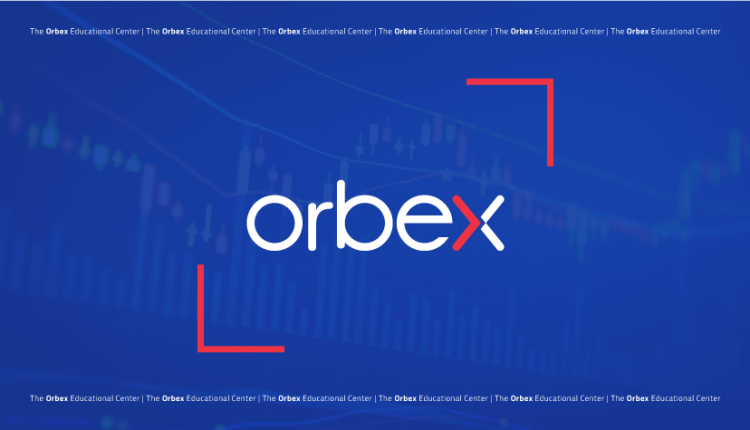The Biggest Mistakes Traders Are Hedging Against

Anyone with access to a few hundred dollars can try their hand at forex trading. However, the harsh reality is that around 90% of new traders lose the entirety of their initial investment within the first six months.
The good news
Fortunately, with the right attitude and knowledge background, trading can be both enjoyable and profitable. Treat it as an investment, be prepared to work hard, rely on data rather than intuition, and you can be in the top 10% of traders.
Here are the mistakes you need to avoid at all costs.
Trading without a stop loss
Trading without putting stop losses in place is asking for trouble. Stop failures and protect your capital by automatically closing a trade if a price moves against you. You must set them as you enter a trade, never after. Do not move your stop in the hope that a trade will start to swing your way. Instead, get out and start again with a new trade.
Failing to analyze reward/risk ratios & win rate
Your win rate is merely a percentage that denotes how much of your trades win. So if you win 70 trades out of every 100, your win rate is 70%.
Your reward/risk ratio is calculated by dividing the average of your winning trades by the proportion of your losing trades. For instance, if your average losing trade is $80 and your average loss is $62, your ratio is 1.29.
A good goal is to find a strategy that yields a win rate of more than 50% and a 1.25 (or better) reward/risk ratio. You need to remain aware of these figures and update them regularly so that you can adjust your strategies as necessary. Remember, you can have an impressive win rate but still make little money (or even lose it) if your reward/risk ratio is high.
Failing to understand and apply appropriate analysis
Technical analysis allows you to identify trends in the market and predict future market behavior. It is based on the concept of the Chaos Theory, which posits that even seemingly random events are part of broader trends. Therefore, technical analysis enables you to make an educated decision when it comes to buying or selling.
The analysis allows you to identify points of support and resistance. A support point is known as a “floor,” whereas a point of resistance is often termed a “ceiling.” If a price hits a floor, it is projected to go upwards. If it hits the ceiling, a piece of analytic software will predict a drop.
Undoubtedly, technical analysis can be beneficial. However, it must be used in conjunction with a good trading strategy, risk management, patience, and other sources of market information such as industry and news bulletins. Past behavior is not entirely indicative of future performance.

Averaging down
If your trade is turning into a loss, don’t continue investing your money. Placing further trades as the price moves against you is known as “averaging down.” This can result in huge losses because the price may continue to move for a more extended period than you may think.
Overlooking currency pairs that do not contain USD
The most popular – and by extension, the most liquid – currency pairs, such as EUR/USD and AUD/USD, tend to be the obvious choice for new forex traders. These pairs, which all contain the US Dollar, are known as the “major currency pairs.” They may seem relatively safe just because most other people are interested in them.
However, it is a mistake to overlook the dozens of other available pairs that do not include the US Dollar. They may not offer the same liquidity, but they can still be profitable. Examples include Euro currency crosses such as EUR/NZD, Japanese Yen crosses such as CAN/JPY, and British Pound crosses such as GBP/CHF.
There are also the so-called “exotic” currencies to consider, including the Polish Zloty (PLN) and the Ethiopian Birr (ETB).
Going with the first broker you find
Not all brokers are created equal. Some use inefficient platforms, some have poor customer service, and some are outright scams. You need to find a broker that is well-regulated by a country with a stable financial system, offering competitive spreads and trading conditions.
Brokers usually offer demo accounts, so take advantage of this feature to make sure that their platform suits your trading style and needs. Ensure that the platform runs smoothly; if it tends to crash at inopportune moments, this could spell disaster later on.
You should then test your account using around 10% of your capital. Ask the customer service team a few questions to see whether they respond promptly. Last but not least, check that you can withdraw your money quickly and easily.
If you are satisfied with your experience, you can then deposit more money and start implementing your trading strategy of choice. Learn from your mistakes, continue to develop your knowledge, and you will be on your way to many successful trades.




![Credit Card 160×600 [EN]](https://assets.iorbex.com/blog/wp-content/uploads/2023/06/13144507/Blog-Banner_EN-Banner_160X600X2.webp)